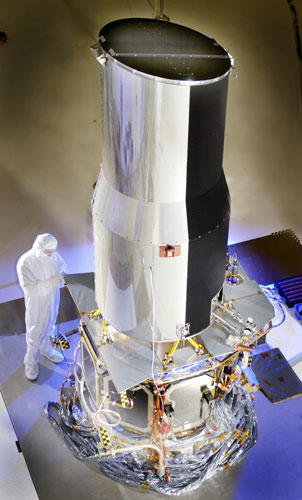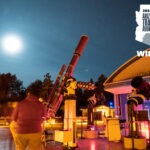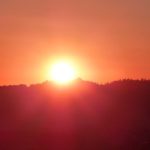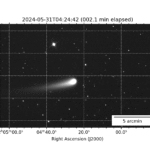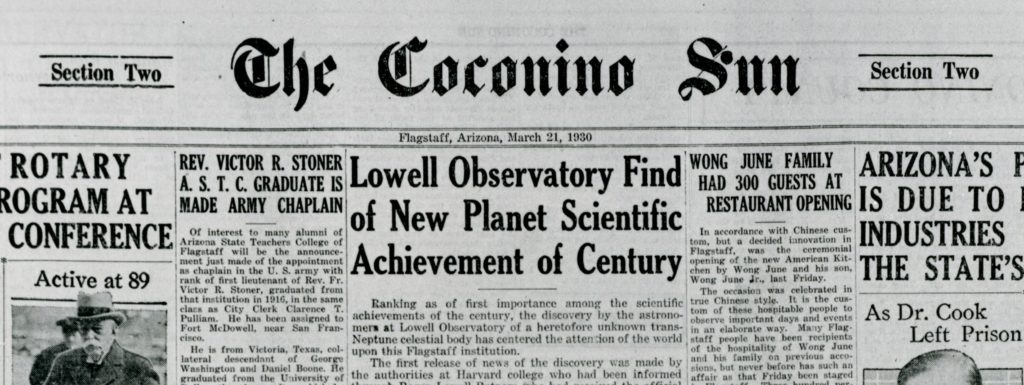
Mars Hill Quick Report: August 22-28
Welcome back to the Mars Hill Quick Report, a bite-sized weekly news update from Lowell Observatory! Each week, we’ll give you the short version of upcoming events at Lowell and beyond, plus a little dash of history.
News
☆ Wednesday, August 24
Flagstaff Family Food Center: Weekly Science Lesson
4 – 5 PM
On Wednesday, August 24, one of our educators will teach a science lesson at the Flagstaff Family Food Center for preschool-aged kids. This month’s theme is Our Moon, and this week’s lesson will be an activity called Tin Foil Moon. Kids will use coins and tinfoil to create their own mini-Moons!

☆ Saturday, August 27
Mercury at its Furthest Distance from the Sun in Evening Sky
On Saturday, August 27, Mercury will reach elongation—meaning that it will be at its furthest point from the Sun (from our perspective here on Earth). Elongation of a planet can either be eastern or western, depending on which side of the sky it appears in. This particular elongation will be eastern, so those hoping to catch sight of Mercury at its brightest should look for it above the western horizon just after sunset.
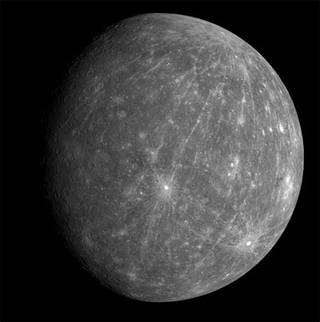
☆ Tuesday, August 23
New Star Stuff episode: Reading About Science – We Review Project Hail Mary
The Star Stuff crew joins Adjunct Lowell Astronomer Dr. Kaspar Von Braun, and NASA Goddard researcher Dr. Catherine Clark sit down to review the sci-fi novel Project Hail Mary by Andy Weir.

This Week in History
☆ August 25, 2003
Spitzer Space Telescope Launched
Launched in 2003, NASA’s Spitzer Space Telescope was the fourth and final addition to NASA’s Great Observatory program. Spitzer’s mission was to become NASA’s premier infrared light observatory, offering astronomers the chance to study the universe in this critical part of the electromagnetic spectrum of light with unprecedented clarity and sensitivity.
The Spitzer Telescope was the final mission in NASA’s Great Observatories Program – a family of four space-based observatories, each observing the Universe in a different kind of light. The other missions in the program include the visible-light Hubble Space Telescope (HST), Compton Gamma-Ray Observatory (CGRO), and the Chandra X-Ray Observatory (CXO).
